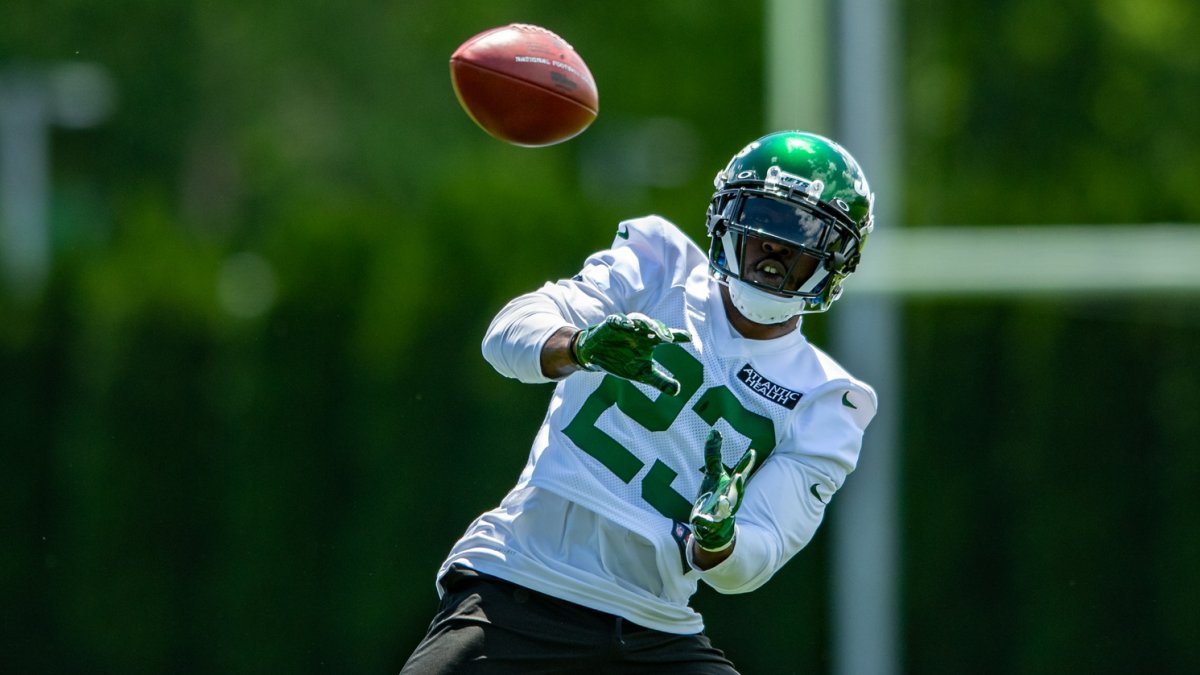We’re in the thick of the NFL offseason and it’s officially time to start fantasy football prep. I’ll be answering the biggest questions heading into the 2021 season. Click here to read the series of questions answered so far.
Volume is king in fantasy football land. High-end efficiency can at times make up for a lack of overall touches; just realize it’s physically impossible to rack up fantasy points if a player doesn’t have the ball in his hands.
Editor's Note: PFF's 2021 Fantasy Football Draft Guide and 2021 Fantasy Football Cheat Sheets are LIVE!
I want high-end volume, you want high-end volume: Everyone wants high-end volume. Today’s question revolves around whether that volume can still bust. A running back’s offensive line as well as the scoring upside of the offense as a whole seem like the top two factors that could hold a player back even with the presence of elite volume, but we’ll see!
Subscribe to
We’ll use the following thresholds to identify our level of volume:
- 240 touches (15 per game): lead backs
- 280 touches (17.5 per game): bell-cow backs
- 320 touches (20 per game): workhorse backs
The results over the past 10 seasons paint an easy picture: More volume is better than less volume.
| Touches | Total | Average Finish | RB1 | RB2 | RB3+ |
| 240+ | 160 | RB10.7 | 64% | 33% | 3% |
| 280+ | 96 | RB7.9 | 80% | 19% | 1% |
| 320+ | 42 | RB3.9 | 98% | 2% | 0% |
There were only five running backs in the 160-player sample that failed to finish the season inside of the top-24 PPR backs: 2019 Sony Michel, 2019 Carlos Hyde, 2018 Peyton Barber, 2011 Willis McGahee and 2011 Cedric Benson. The easy problem to spot: receptions, as nobody in this group managed to catch more than 20 passes in their respective letdown campaigns.
Pass-game usage tends to be particularly important in fantasy formats that reward a full point per reception (PPR). Targets (0.63) literally had a higher correlation with PPR rank than overall touches (0.62), while rush attempts (0.34) featured a far lower correlation.
I’m not a fan of rewarding the same amount of points for catching a pass as gaining 10 yards rushing or receiving, but alas, that’s the game we play. As a wise man once said: “If you don't like change, you'll like irrelevance even less.”
With that said: We as a fantasy community need to do a better job weighting touches for how fantasy-friendly they might be. Since 2011, running backs have averaged 1.61 PPR points per target and 0.6 per rush attempt: One target has been worth 2.7 rush attempts in terms of expected fantasy points.
Applying this equation to PFF’s projections will produce a fantasy opportunity score of sorts that will help identify which backs are set up best to see fantasy-friendly, high-end volume in 2021. The top 12 running backs in average draft position (ADP) are listed below with their difference in ADP rank vs. expected fantasy opportunity rank in parentheses. A positive number indicates a player will need to be awfully efficient with his touches in order to meet value, while a negative number means a running back’s projected volume might be flying under the radar relative to draft position.
Exclusive content for premium subscribers

WANT TO KEEP READING?
Dominate Fantasy Football & Betting with AI-Powered Data & Tools Trusted By All 32 Teams
Already have a subscription? Log in



 © 2025 PFF - all rights reserved.
© 2025 PFF - all rights reserved.